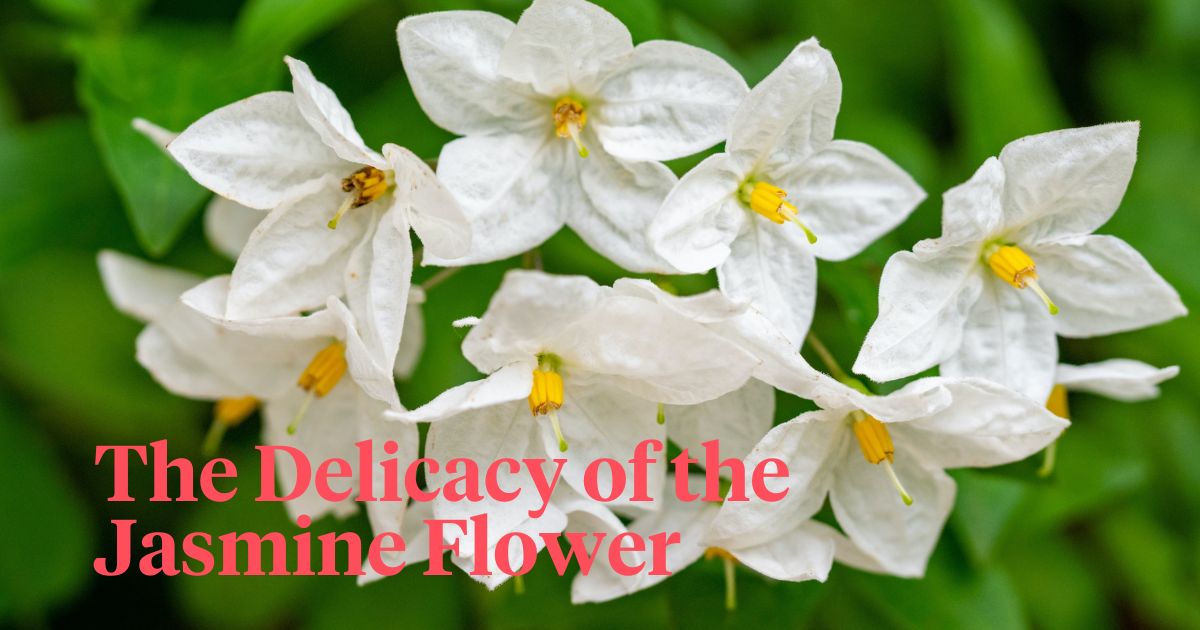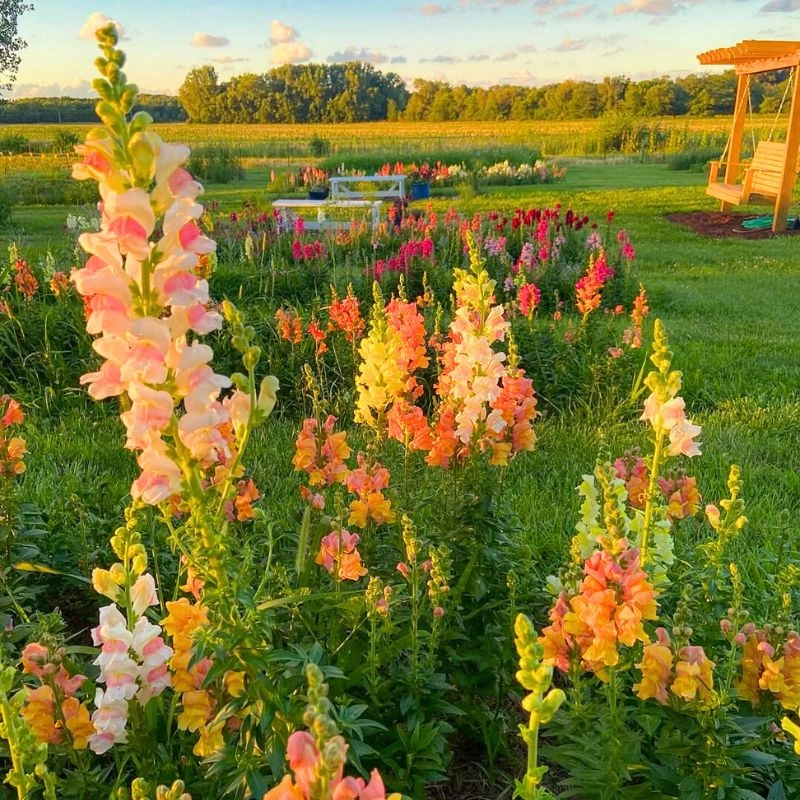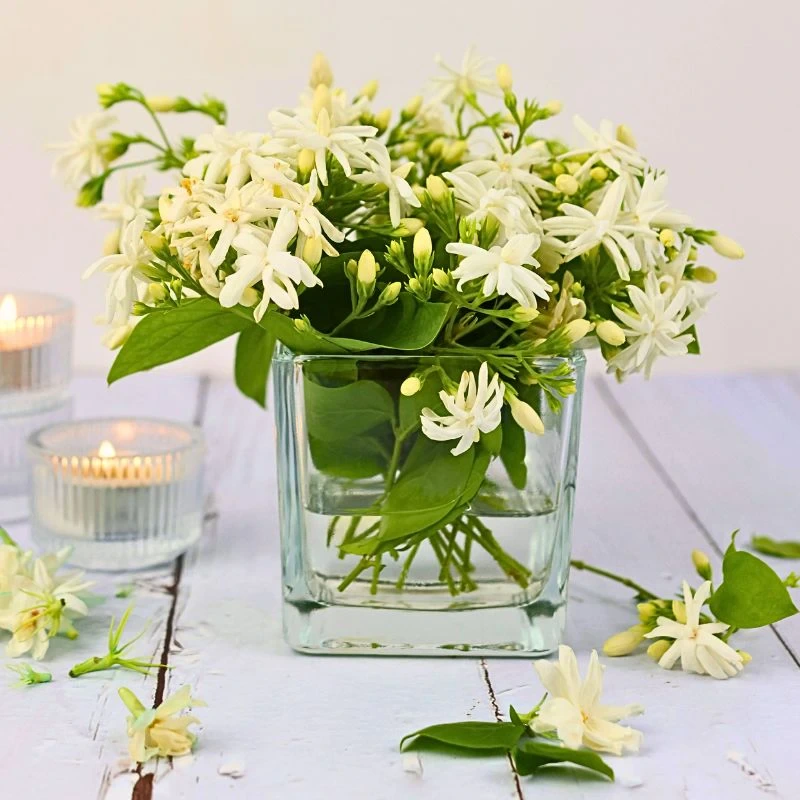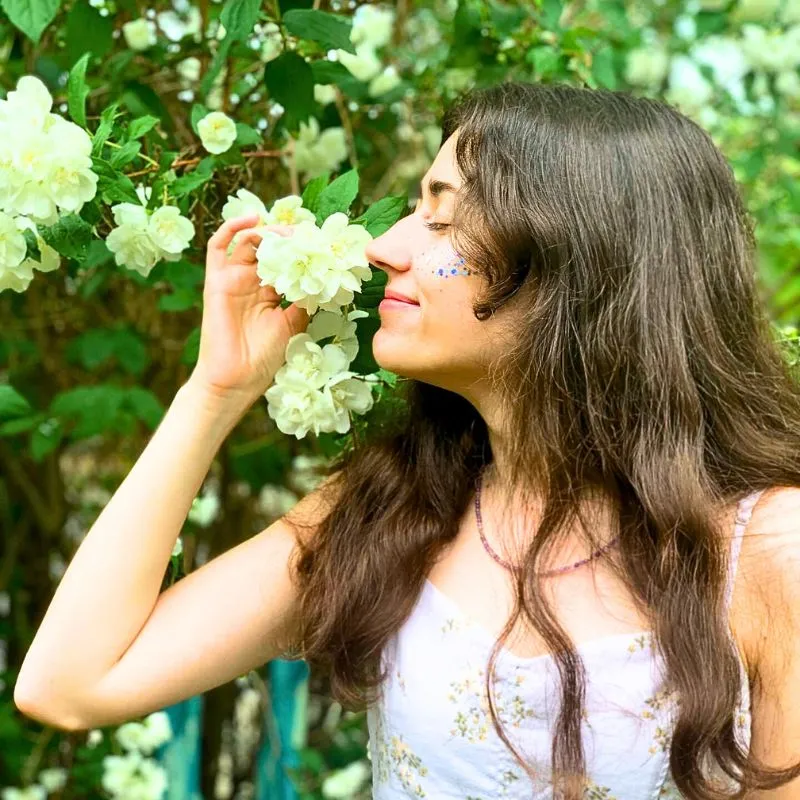Nothing beats the intoxicating, pleasant scents emanating from the jasmine flower. Find out how to grow them indoors and out, including different jasmine varieties, in the articles that follow. In addition, you will learn about common issues associated with growing jasmine plants and how to keep them healthy.
The Jasmine Flower
Jasmine flower is a delicate flowering plant with tiny flowers that is prized for its alluring blossoms that draw pollinators and its distinct tropical scent. See also '8 Fragrant Indoor Houseplants That’ll Make Your House Smell Lovely'. The jasmine flower can bloom all year long and is typically white, though other kinds are yellow or cream. In a hanging basket or pot, jasmine can thrive. Additionally, it can be grown as a ground cover or trained to climb by direct planting in the ground.
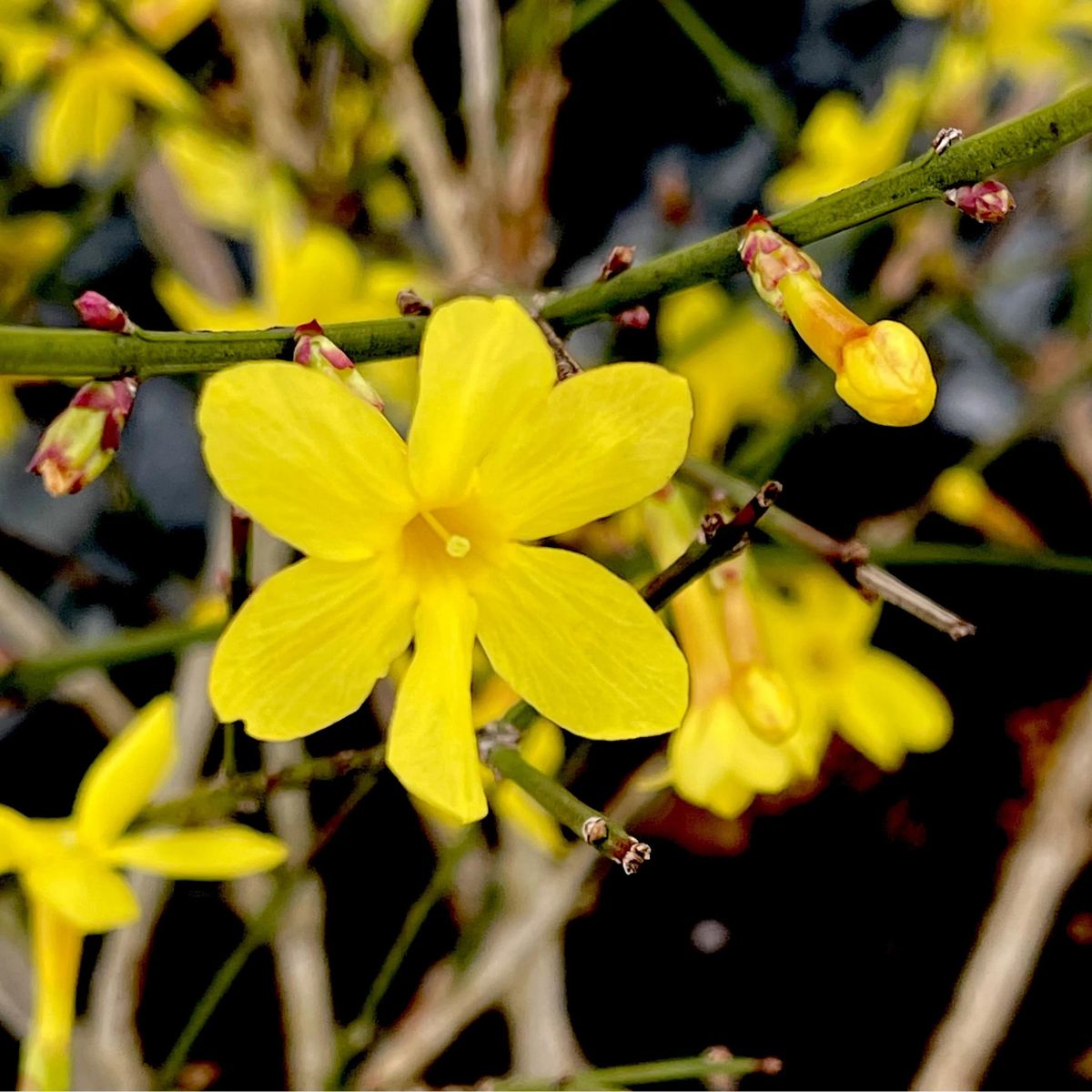
About two hundred varieties of shrubs and vines with fragrant flowers belong to the genus 'Jasminum', often written as jessamine. They are part of the olive family (Oleaceae). The plants are indigenous to some temperate and tropical regions of the Old World. Interested in knowing more about the jasmine flower and how to care for it? In this article, you'll find everything you need to grow and care for your next jasmine flower.
Looks of the Jasmine Flower
The jasmine flower typically has branches that ascend without tendrils. The tubular, pinwheel-shaped flowers are white, yellow, or very infrequently pink. Some double-flowered variations have been created. Although some species have simple leaves, most evergreen or deciduous leaves are made up of two or more leaflets. Now the most interesting part comes — how to plant a jasmine flower, how to care for it, and the difference between growing it indoors and outdoors.
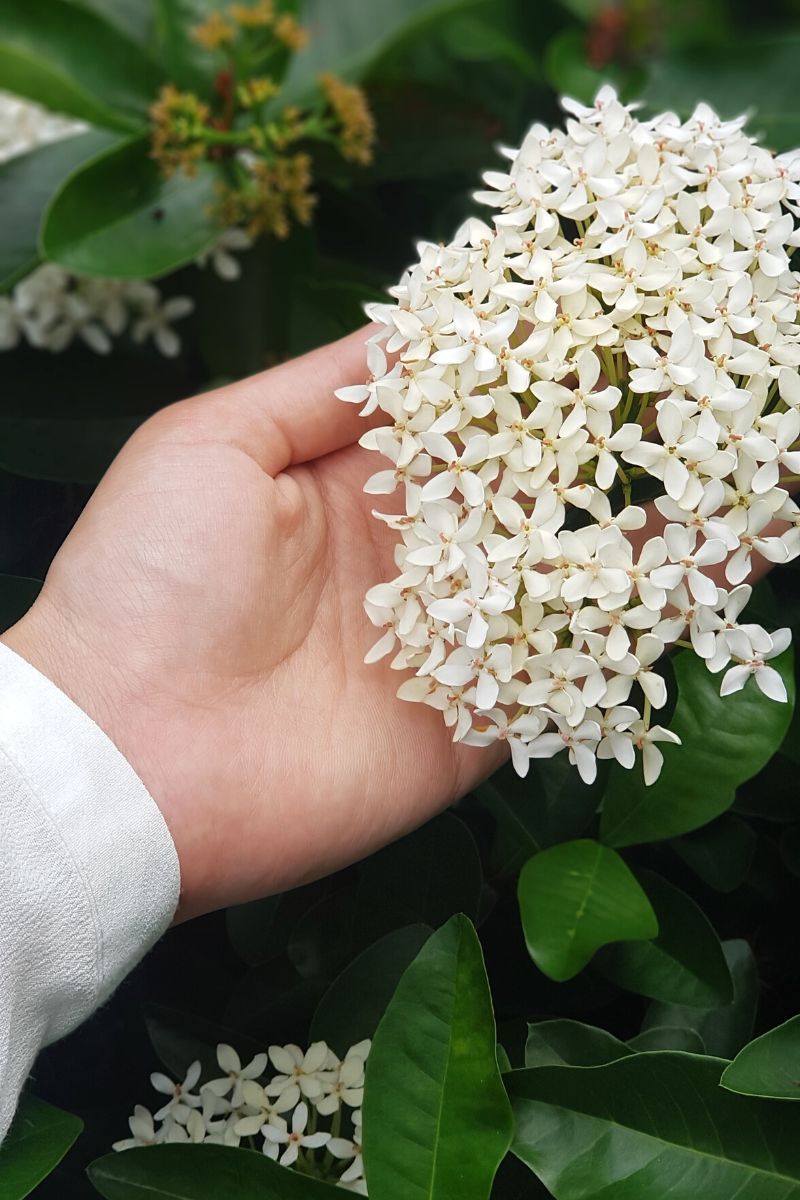
Planting a Jasmine Flower
Planting jasmine is easy. Just follow these simple tips.
- When to plant jasmine – Plant jasmine bushes any time between June and November.
- Where to plant jasmine – Jasmine will grow well in full sun to partially shaded areas. Summer-flowering jasmine does better in a sunny spot, while other varieties, such as winter jasmine, like a more shaded area.
- Soils that jasmine thrives in – Jasmine needs well-drained but moist, moderately fertile sandy loamy soil.
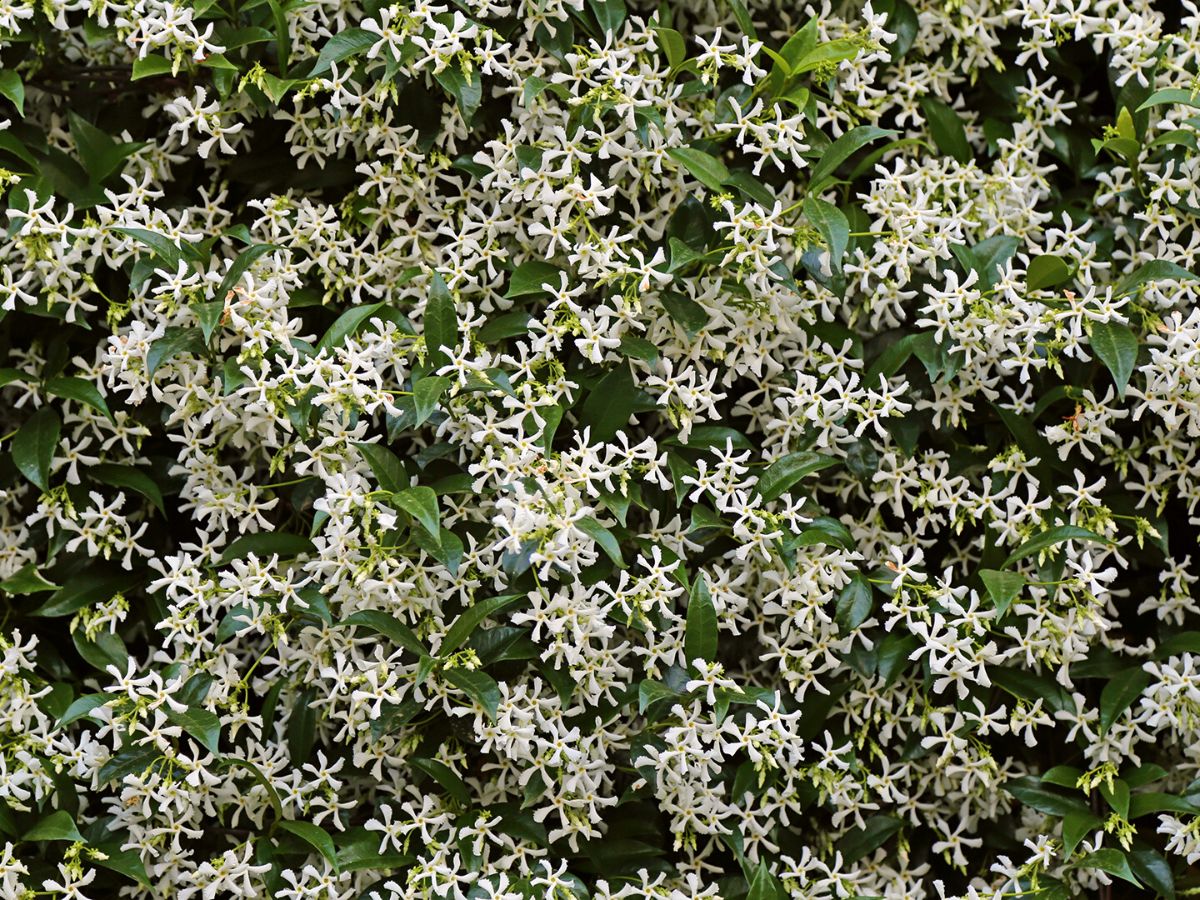
- Supports for jasmine – If planting a twining vine variety and wanting jasmine to climb, the plant will need a support structure. A trellis or fence will both work.
- How to space jasmine – Jasmine should be planted at least 8 feet, sometimes more depending on variety, apart to accommodate for its future root growth, as it will grow tremendously and does not like to be crowded.
- How deep to plant – Dig a hole for the jasmine that is just deep enough so the plant will rest at the same level in the ground as it was when it was in the pot. It doesn’t need to be planted in a deep hole.
Main Care Handles of the Jasmine Flower
Although jasmine is not very difficult to take care of, it does need some attention at first and needs frequent feeding and trimming. Find out below how to take care of a jasmine plant.
Watering
In-ground jasmine blooms should receive weekly waterings. Increase the frequency but let the soil dry out in between if it is unusually dry or hot. If your jasmine is in a container, it probably needs water more than once each week, particularly during the warmer months. When the top inch of soil is dry, water it.
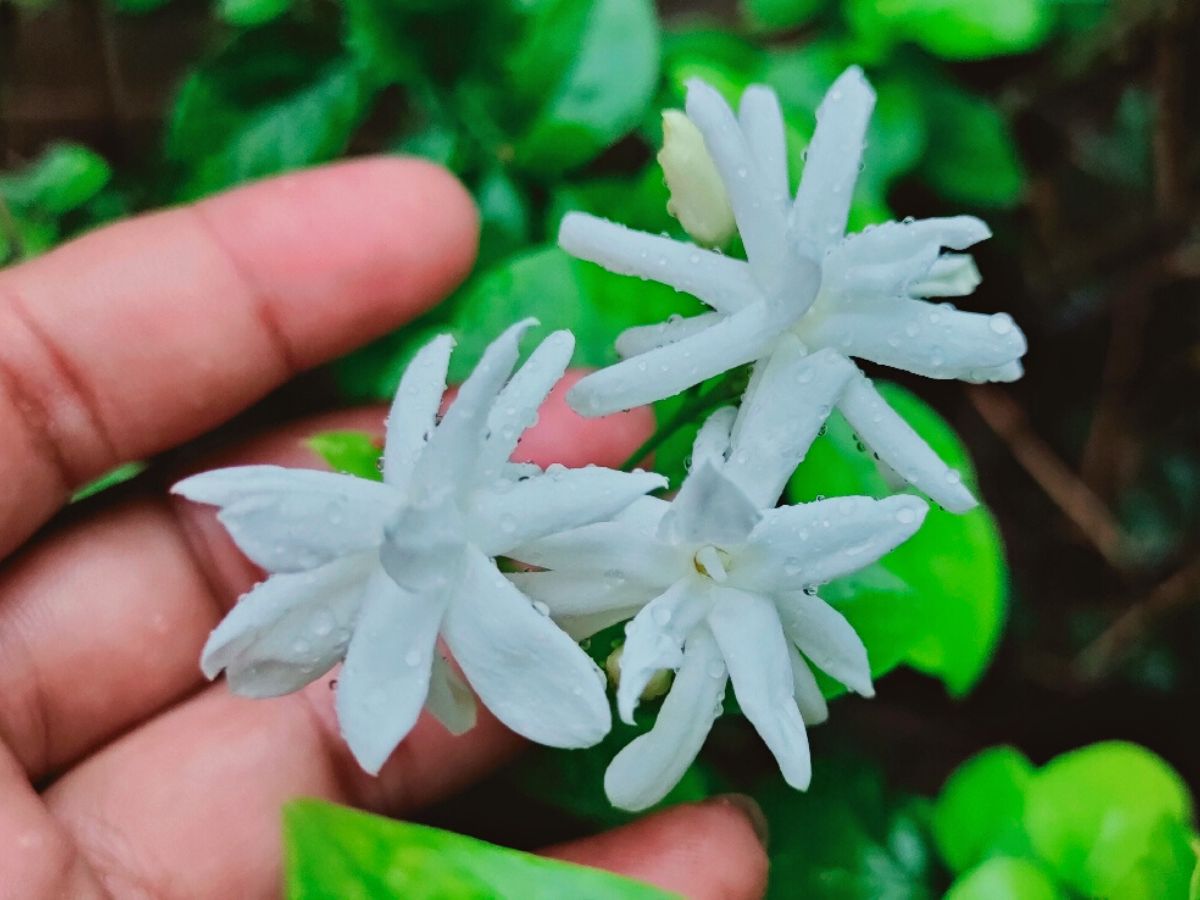
Training
If growing jasmine to climb a structure like a trellis or a fence, help it by training young vines. Begin to train jasmine just after planting by weaving young stems through the trellis sections or by gently and loosely tying them onto the fence or support.
Sunlight
The recommended daily amount of direct sunlight for jasmine is six hours or more for full sun and two to four hours for partial shade. The amount of sun a plant needs will depend on the specific type of jasmine you plant and the environment.
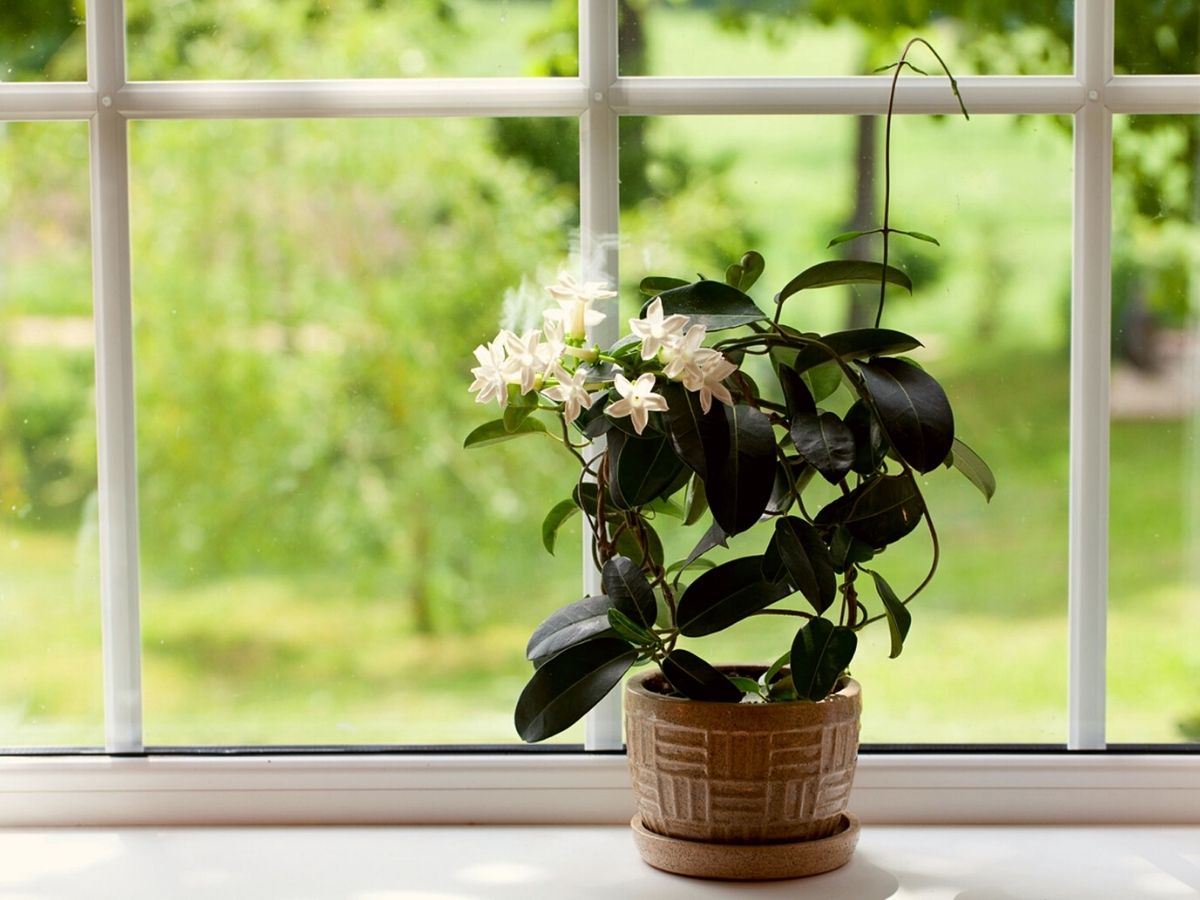
How to Prune Jasmine Flowers
Remove any damaged, sick, or dead stems from the plant before pruning a jasmine blossom to stop the spread of illness. After that, cut off any stems that are twisted or are no longer in bloom. Snip stems that extend away from the plant to maintain trained jasmine neat and orderly.
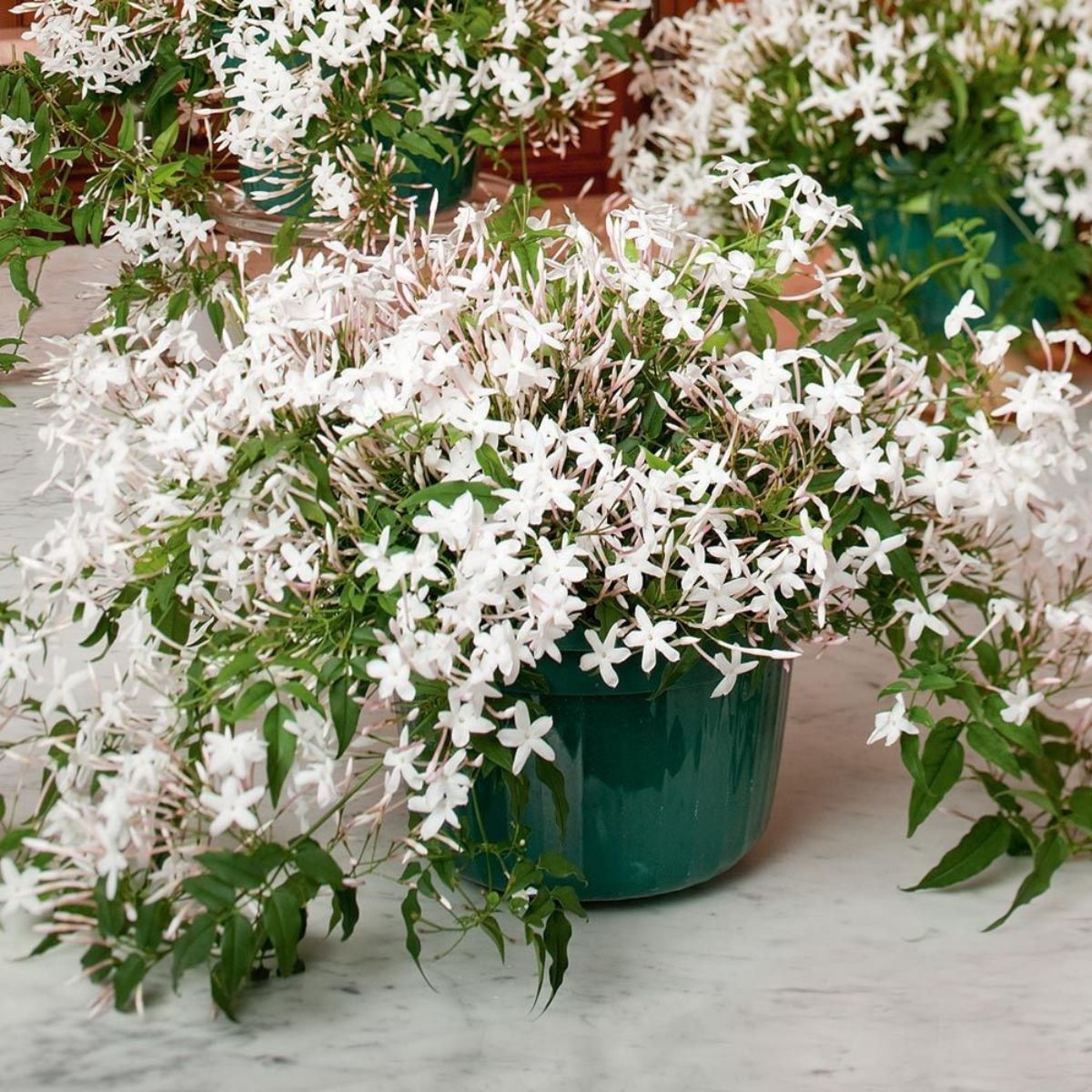
Jasmine blooms should be pruned as soon as they bloom to give the vines time to develop before the following season. Pruning is simple; all you have to do is pinch the tips between your finger and fingernail. Pruning done correctly and frequently will encourage quick growth and lush, full foliage.
Jasmine Flower - The Most Common Species
Jasmine is a member of the olive family. The most common types are grown as vines, but there are some varieties that work as ground covers or shrubs, too. There are about two hundred different species of jasmine, which is native to warmer, temperate tropical climates. Jasmine plant types will all have slightly different needs, so it is important to know about the varieties before choosing which one to plant. Before moving forward to the varieties of jasmine, the Jasmine flower is also considered in eleven plants considered lucky for your home according to Vastu Shastra.
1. White Jasmine
White Jasmine is native to Myanmar and China and is an evergreen twining climber. Its pinkish flower buds show in late winter to early spring and bloom into white star-like fragrant flowers. White Jasmine can grow 20–30 feet tall and 7–15 feet wide, so you will need ample room for this variety.
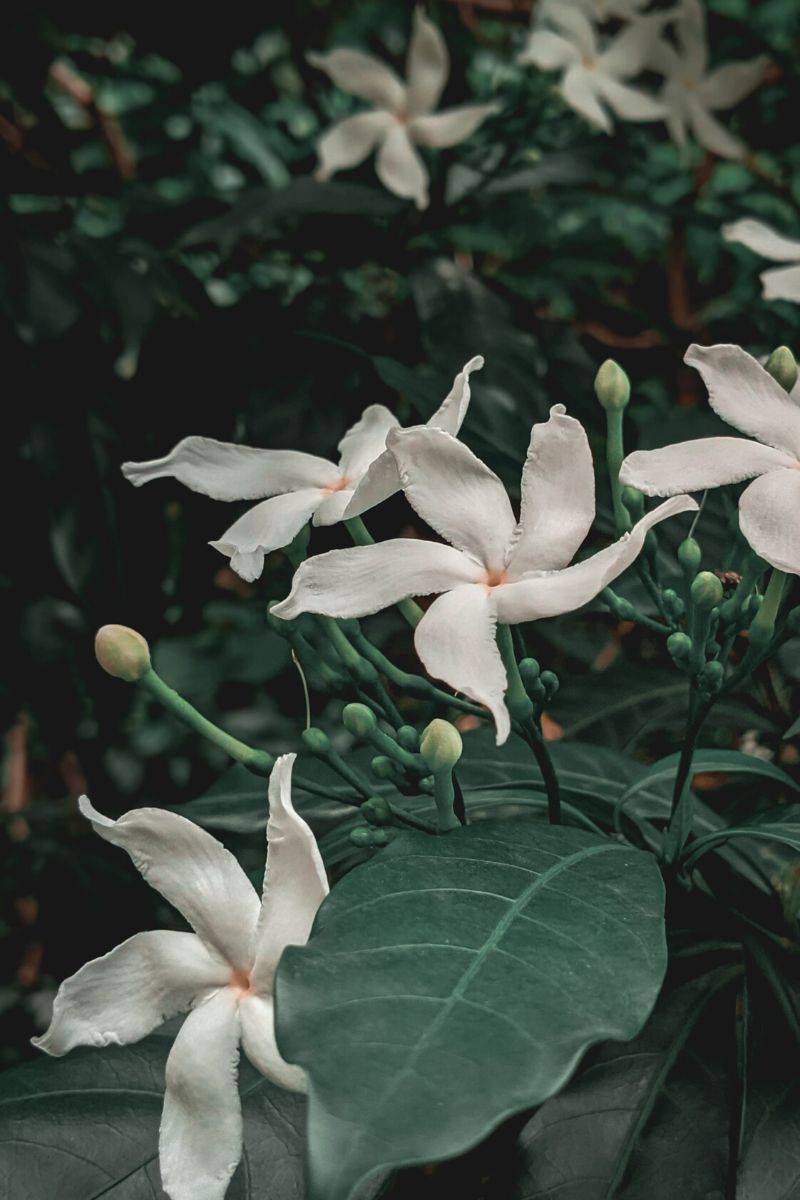
2. Winter Jasmine
Growing up to 15 feet tall if trained on a trellis, the Winter Jasmine flower is known for its striking yellow blooms. Winter Jasmine is native to China and, unlike most jasmine, doesn’t twine. Because of this, it needs to be pruned more often than other varieties.
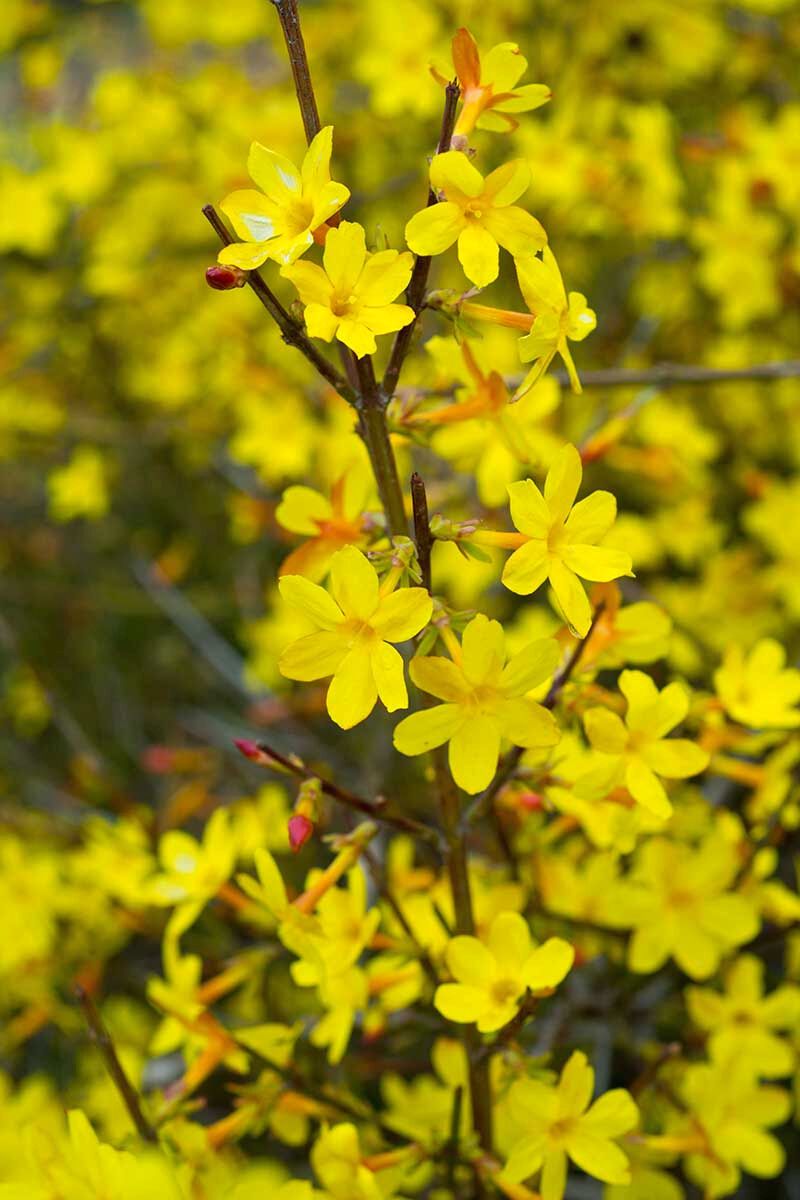
3. Star Jasmine
This twining vine blooms two-inch flowers in the spring and summer. The Star Jasmine flower can grow twenty feet as a vine, but can also be grown on a smaller scale as a hedge, shrub, or ground cover.
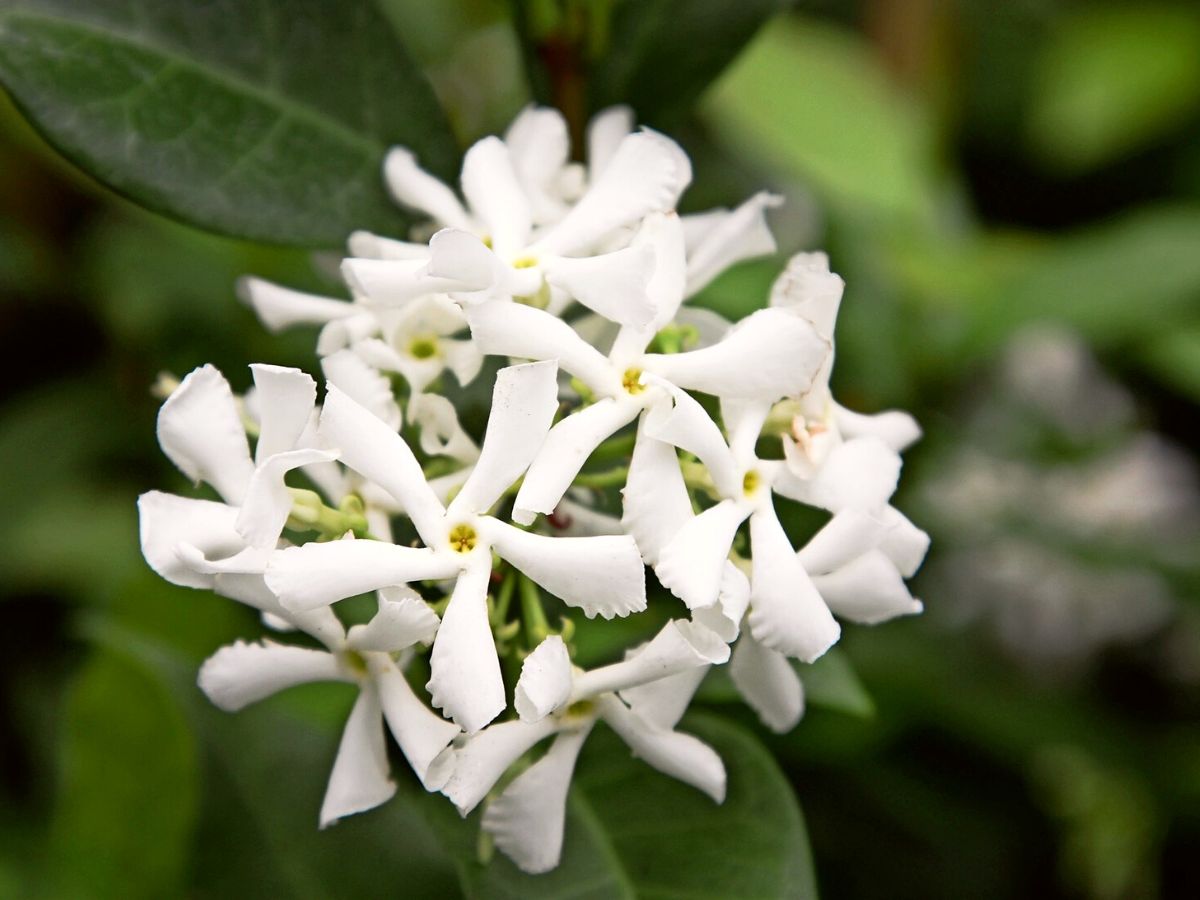
4. Arabian Jasmine
This variety of jasmine is an evergreen shrub or vine. It has white, very strongly scented flowers that open in the evening. Arabian Jasmine can grow from three to nine feet tall.
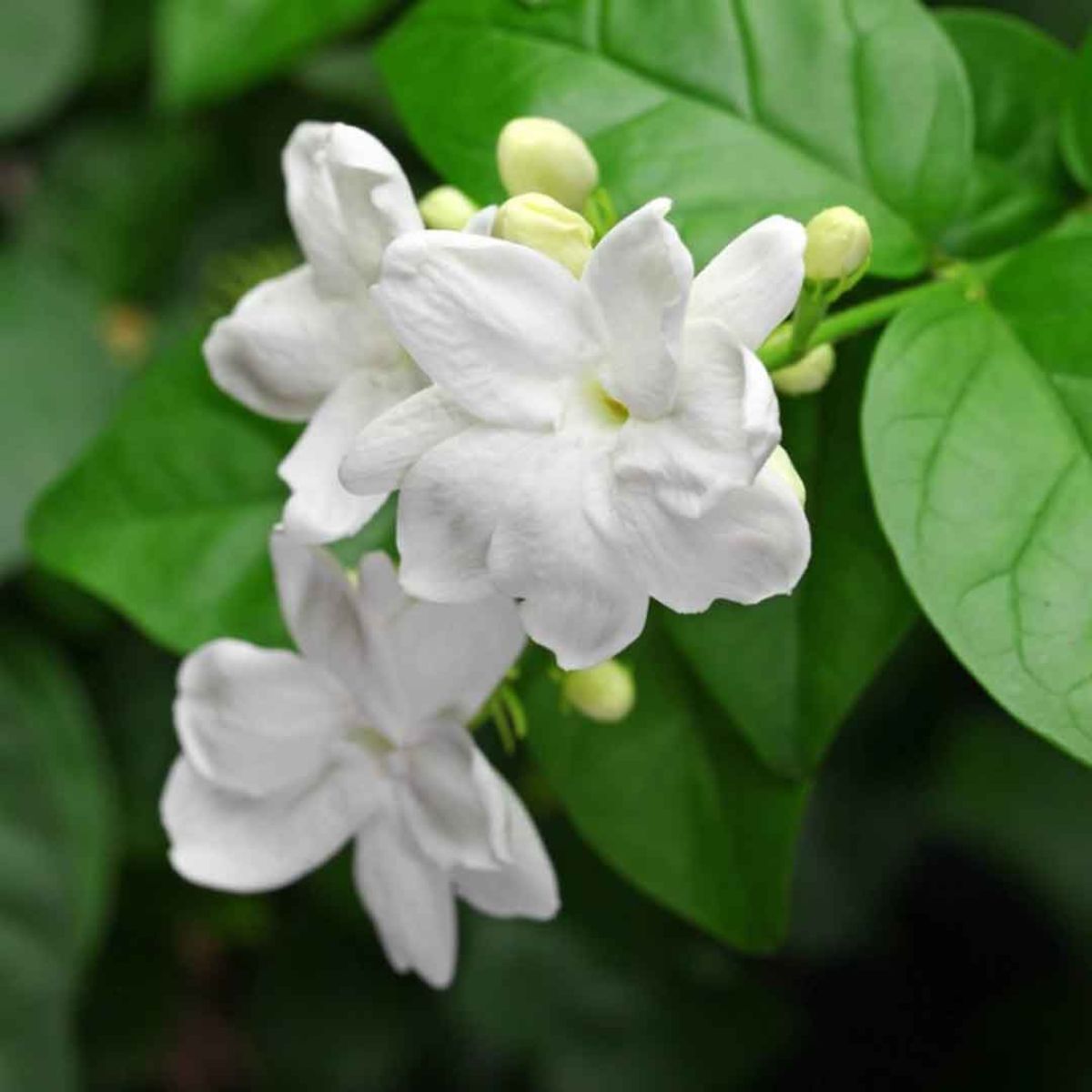
Can Jasmine Grow Indoors or Outdoors?
Jasmine can be grown indoors or outside. Although vines can also live inside, dwarf kinds grow best there. To keep the plant at the proper height and shape, just pinch or clip it during the dormant season.
Can a Jasmine Flower Survive Winter?
Jasmine is frequently grown in containers so that gardeners can bring the plant inside for the winter. If you must move jasmine indoors due to harsh cold, do it gradually over the course of about a week to give the plant time to get used to receiving less sunlight. Bringing a jasmine flowering plant inside at night and putting it back outside during the day as you increase the amount of time you leave it inside each week is an excellent approach to making the adjustment. Put it in the room with the most sunlight after it is permanently inside.
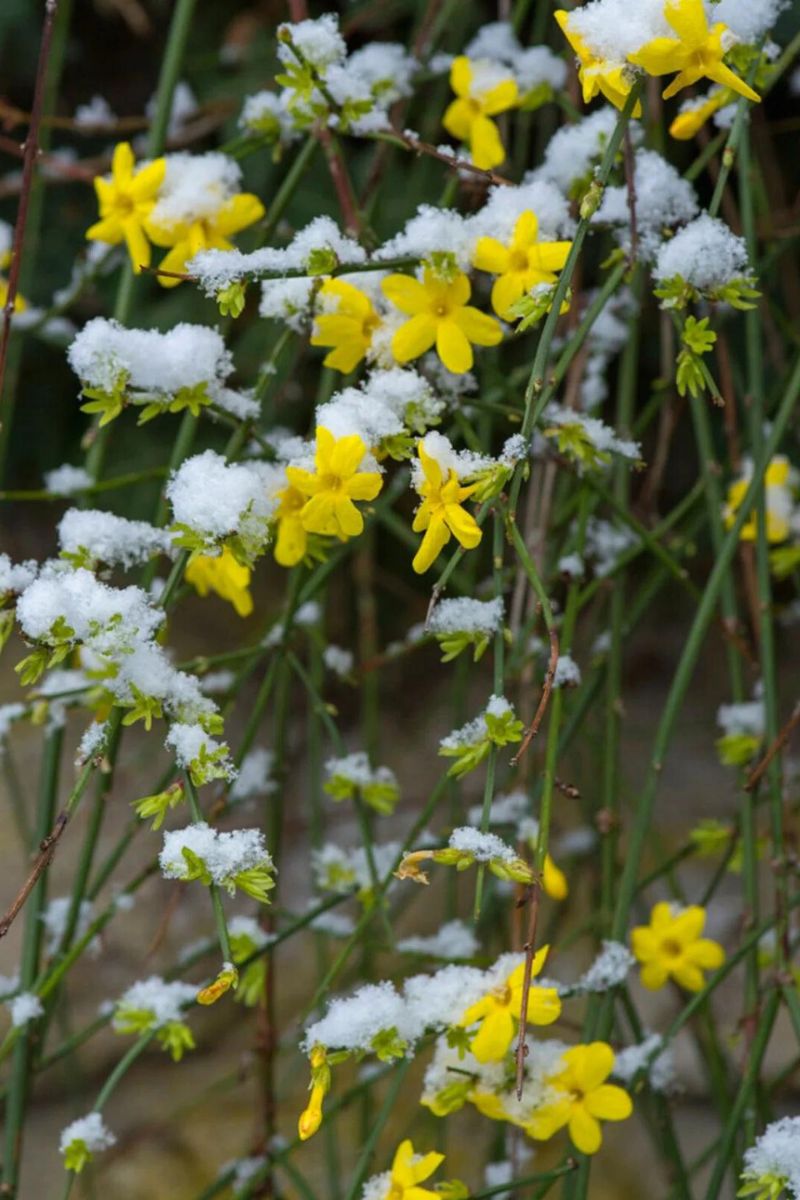
Managing Pests and Diseases in the Jasmine Flower
Although these plants are generally trouble-free, be alert for the following problems:
Aphids, scales, and whiteflies are suckers that can harm stems and leaves and disseminate dangerous fungi. Scale and whiteflies should be treated with a weak solution of soapy water or with an application of neem oil, while aphids can be removed with a powerful spray of water from a garden hose.
Blight is a fungal infection that can affect the entire plant and manifests as dead, brown spots on stems, leaves, and flowers. Apply a thick layer of mulch over contaminated areas and remove and destroy them to prevent the spread of spores. Common fungal diseases that cause rust and wilting include discoloration, plant death, and wilting.
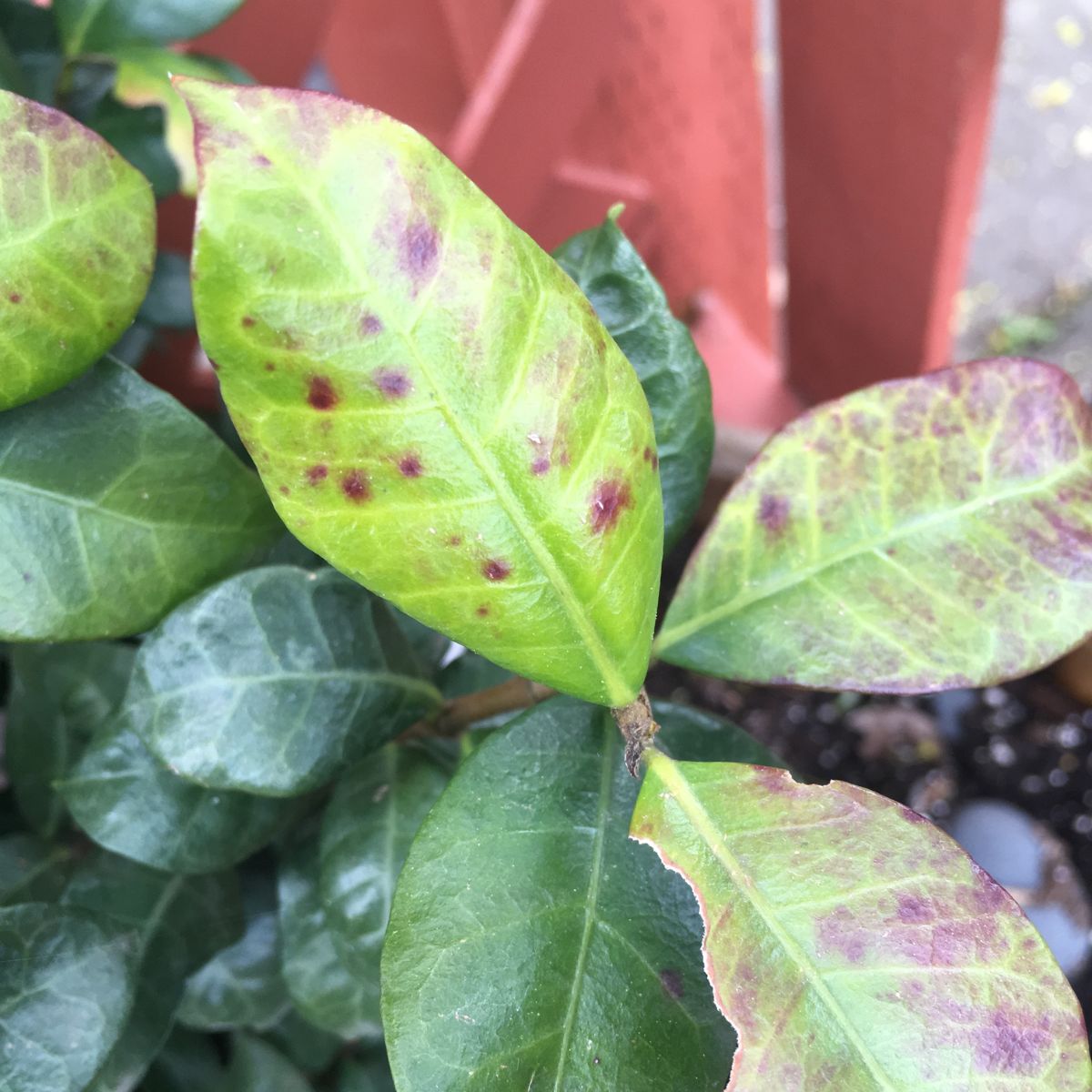
The solution? Remove and destroy infected portions and spray with a fungicide or neem oil. Repot container plants with fresh soil or replace the top four inches of soil around outdoor plants. Avoid overhead watering, and ensure plants have good air circulation.
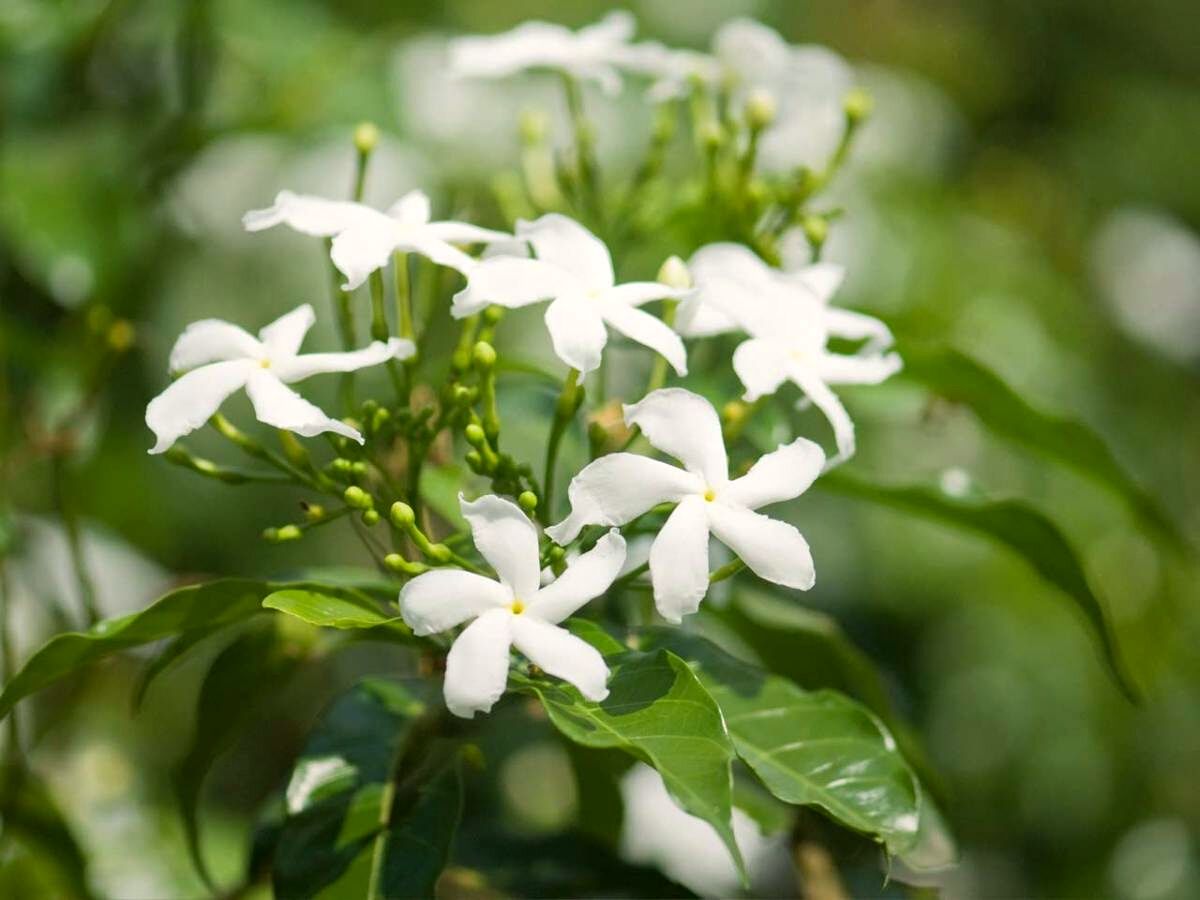
Remember, every flowering plant has its blooming process, so it is always best to follow the care tips to obtain the best results with your jasmine flower. For more information on jasmine flowers, make sure to visit Gilmour.

